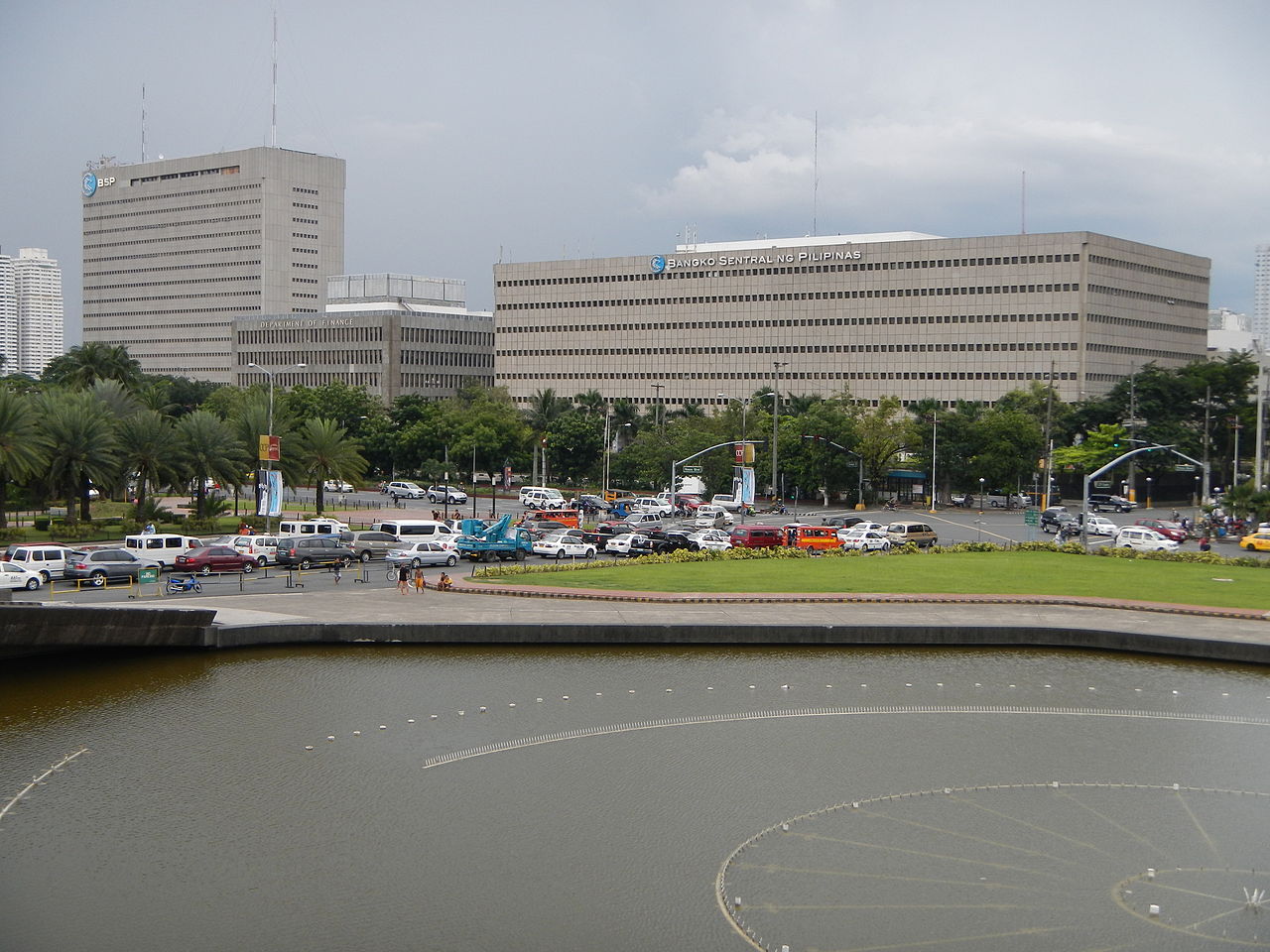
MANILA – After keeping key rates steady in the last two rate meetings, Bangko Sentral ng Pilipinas’ (BSP) policy-making Monetary Board on Thursday slashed these by 25 basis points after noting the need to further boost the economy.
Effective on Friday, the central bank’s overnight reverse repurchase (RRP) rate is at 2 percent, the overnight RP rate is 2.5 percent, and the overnight deposit rate is 1.5 percent.
The latest rate cut brought the total key rate reduction to date to 200 basis points.
In a briefing aired over the central bank’s Facebook page, BSP Governor Benjamin Diokno said the Board took note of current developments, such as the benign inflation environment, the within-target inflation projection, and the uncertainties on account of the pandemic-hit global economy.
“Given these considerations, the Monetary Board assessed that there remains a critical need for continuing policy support measures to bolster economic activity and boost market confidence,” he said.
Diokno said since rate of price increases is expected to remain within the government’s 2-4 percent target band until 2022, the Board “sees enough policy space for a reduction in the policy rate at this juncture to uplift market sentiment and nurture the country’s economic recovery amid increased downside risks to growth.”
“Looking ahead, the BSP stands ready to deploy its full arsenal of instruments as needed in fulfillment of its mandate to maintain price and financial stability conducive to sustainable economic growth,” he added.
BSP Deputy Governor Francisco Dakila Jr. said the average inflation forecast for 2020 was revised to 2.4 percent from 2.3 percent during the policy meeting last October 1.
On the other hand, the projections for the next two years were slashed to 2.7 percent and 2.9 percent for 2021 and 2022, respectively. These were at 2.8 percent and 3 percent previously.
Dakila attributed the uptick in this year’s projection to the transitory impact of the higher-than-expected inflation rate last September and October.
The rate of price increases slowed to 2.3 percent last September from month-ago’s 2.4 percent while the October 2020 print rose to 2.5 percent.
Dakila said the faster inflation rate last October alone was traced to higher inflation of the food and non-alcoholic beverages index, which accounts for about 38 percent of the consumer price index (CPI) basket.
He said pork prices rose due to the impact of the African swine fever (ASF) while the adverse weather conditions affected prices of fish.
Meanwhile, the changes on the 2021 and 2022 inflation projections were traced to weaker economic activity, the drop in global crude oil prices, and the peso appreciation.
In terms of the economic impact of the pandemic, Dakila said it is hard to project the path of the domestic economy given the uncertainties thus, “path of domestic economic activities depends primarily on how soon the pandemic will be resolved.”
The domestic economy, as measured by gross domestic product (GDP), continues to be in contraction, with the third quarter print this year at -11.5 percent. This is, however, better than the -16.9 percent in the previous quarter.
Dakila said the fourth-quarter figure is expected to remain negative but “on a much more moderate rate.”
Economic managers forecast this year’s output to be around -5.5 percent but a recovery of between 6.5-7.5 percent is projected for 2021.
“The recovery will begin in 2021 and continue on up to 2022,” he said.
In terms of the economic impact of the recent typhoons, Dakila said monetary officials are still assessing the November 2020 inflation forecast.
“The initial assessment of the impact of the typhoons has already been factored into account in coming up with the monetary policy decision,” he said.
Dakila said the recent weather disturbances are projected to have “only a small amount” of impact on domestic inflation.
“Perhaps it will dampen the recovery of the performance of the agriculture sector in the fourth quarter,” he said, citing the sector’s positive output in recent quarters.